Women Innovators for Small Farm Technology
Caff
SEPTEMBER 17, 2024
Their pioneering solutions and commitment to sustainable practices underscore the essential contributions of women in driving technological and ecological advancements in agriculture. This platform aims to streamline logistics and communication within the growing contract grazing industry. Why is Cole Building It?

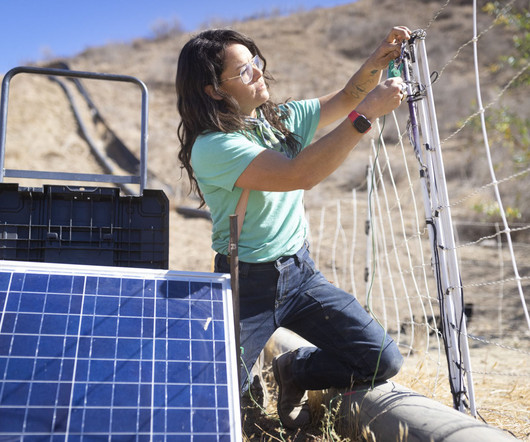
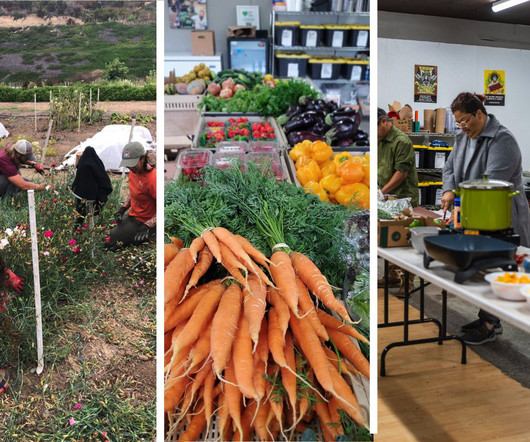
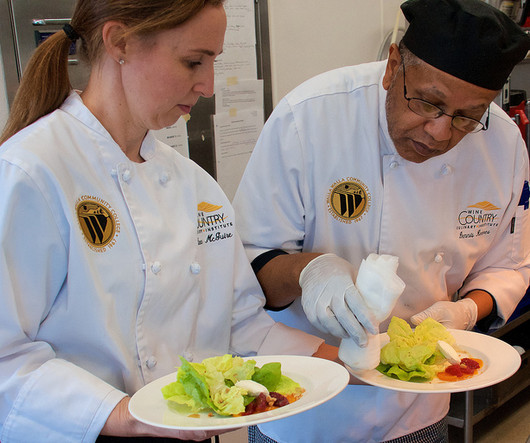
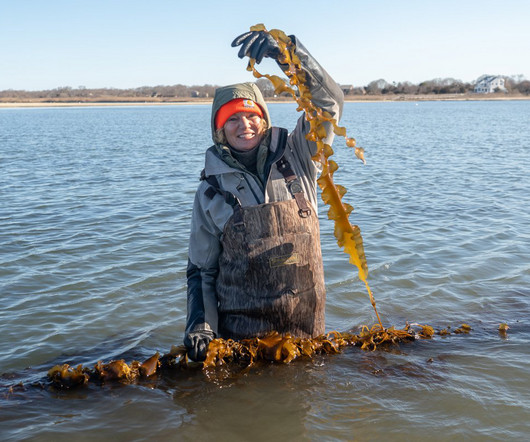


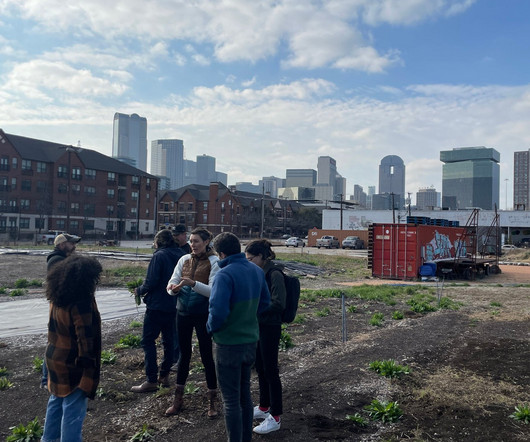







Let's personalize your content